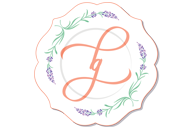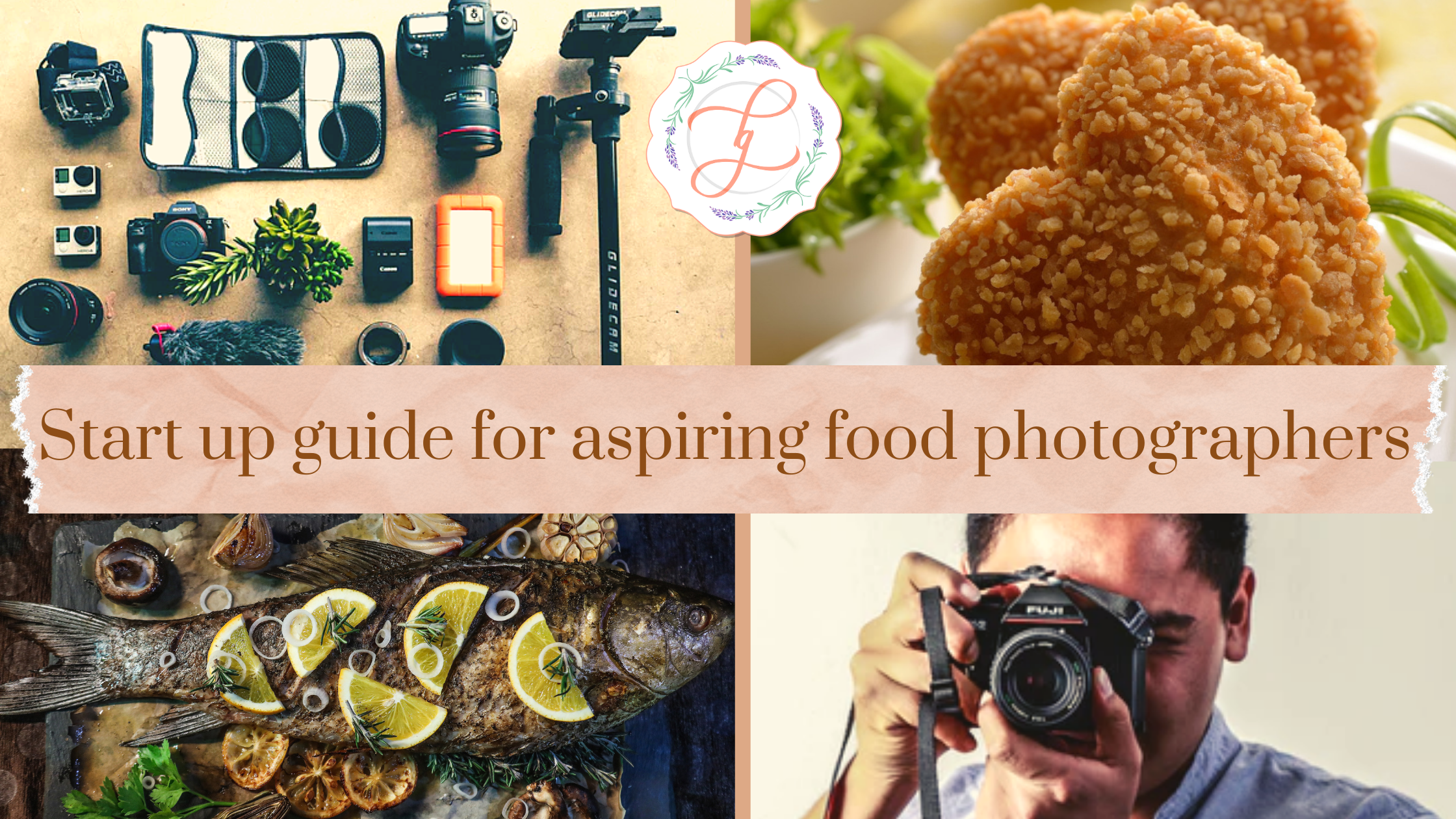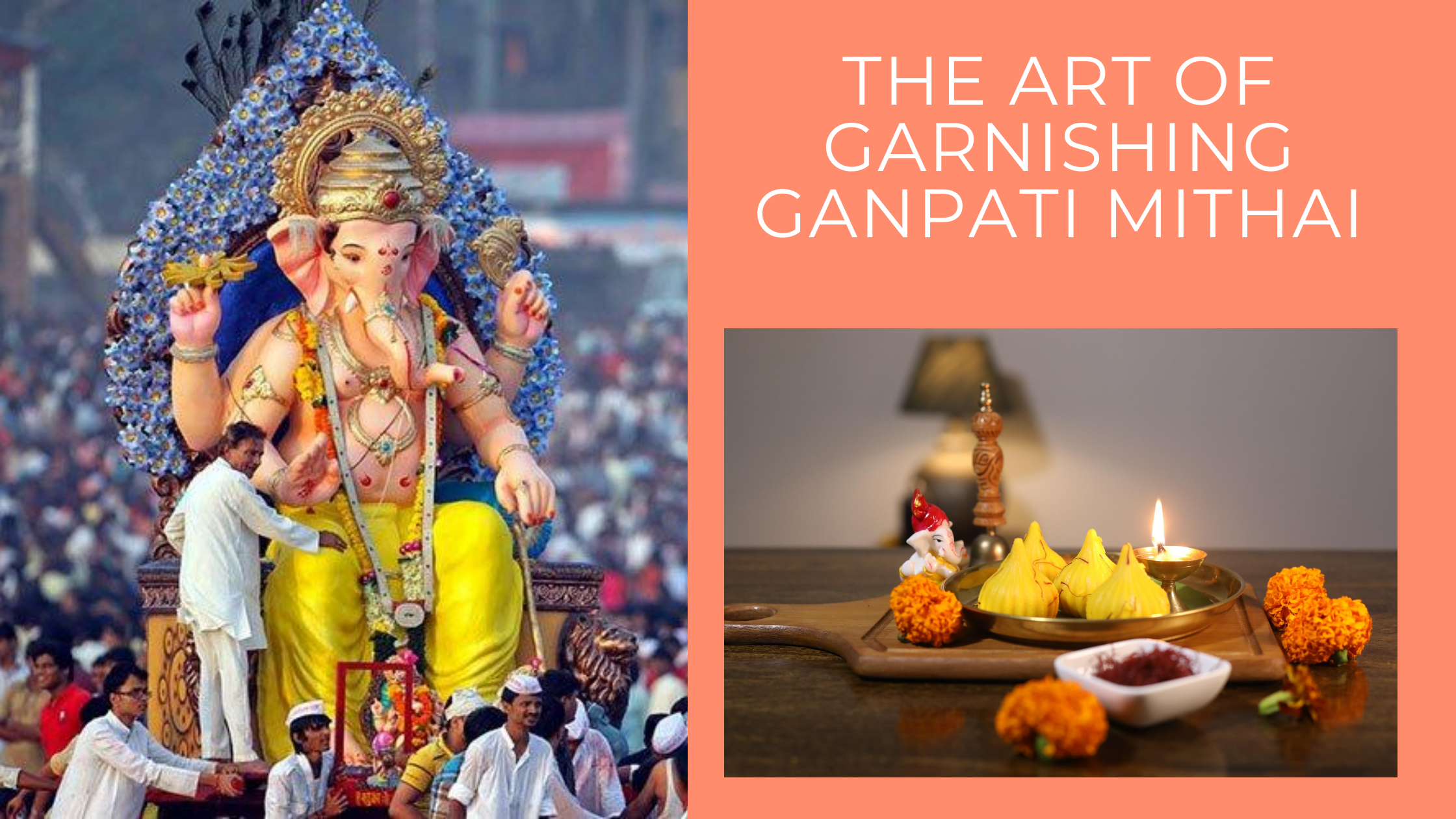5-Step on shoot guide for budding food stylists

Every food styling project is fraught with unique challenges. Characterized by complexity and creativity in equal measure, food styling is at once a scientific enterprise and a creative endeavour. But unlike a purely artistic undertaking in which there is a high degree of fluidity to the process, in food styling there is a method in place. This quasi-rigid method, fairly elaborate and exhaustive, remains the same notwithstanding the peculiarities of each project. Below, I have attempted to explain the generic process I follow for a food-styling assignment in five steps, each an elucidation of a component in the jigsaw of food styling:
I.A Unique Idea – The Start of Food Styling
It might sound paradoxical to begin explaining a fixed series of steps with a wee introduction to the uniqueness of every food styling assignment. But that’s precisely how complicated food styling is! As a food stylist, before embarking on a project, I try and gain an in-depth understanding of every fine detail related to the idea that fuels it. What is the product? Are we looking at a print ad, digital ad, or television commercial (TVC)? How was the product marketed in the past? How is the product to be marketed at present? Who is the target audience? What is the intended tone of the brand message to be communicated? Multiple rounds of discussion with the client usually yield most answers.
These questions are key as they determine the bespoke execution of food styling. For instance, a brand of instant noodles was previously marketed as something high on taste with no reference to its nutrition value. If the aim is to market it this time as a super-healthy snack with a high satiety value, the product would have to be styled accordingly.
II.Reference & Study – The Backbone of Food Styling
I consider research to be an indispensable part of every food styling assignment. Research includes ferreting out the right references for the project. For print ads, this would mean referring to still images, and for TVCs, it would entail getting hold of relevant video clips.
Apart from references, product analysis is essential. For example, styling factory-made products such as cornflakes and biscuits has almost nothing in common with styling a freshly made salad or curry. But mere acquaintance with the product isn’t enough. Much like us, foods have their idiosyncratic traits which make them react differently to being cooked, garnished or simply left out. Hence it is absolutely crucial to understand their character.
III.Trial & Experimentation – The foundation of Food Styling
Once everything about the product has been figured out, trials are essential for namely three reasons. Firstly, like a mock examination, a trial helps me to gauge the pre-preparation time, preparation time and set-up time. It also helps me to learn precisely what raw materials would be required. Secondly, multiple trials are essential for perfecting the appearance and texture of the food item. Undoubtedly a laborious step, but completely worth it at the end of the day. Finally, at least one successful trial is necessary in order to get the product approved by the client.
IV.Preparation Work – The key for successful Food Styling
- It must be noted that food styling for print advertisements is different from styling food for TVCs. Typically for print advertisements, the food stylist herself plans and procures the props and for TVCs and digital ads, the art director does it in consultation with the food stylist, but the director – who is different from the art director – is the final decision-maker. So if it’s a print ad, I may have a brief discussion about the requisite paraphernalia with the photographer, but the final decision with regard to props and background is mine. In case it’s a TVC, the art director and I collaborate on visualizing the props, background, cutlery, and other decorative elements. But the director takes a final call.
- At this stage, I make sure to check out the space or studio in which the shooting will take place. Checking out also entails surveying the facilities available.
- As the countdown to D-Day begins, the hustle-bustle leading up to it gains momentum. A dozen little things need to be taken care of at this stage. There’s shopping for ingredients and raw materials to be done, sourcing props (in case it’s a print ad) and going over the checklist. Pre-cooking certain items may be required. Also essential is last-minute coordination with the client and my cooking team.
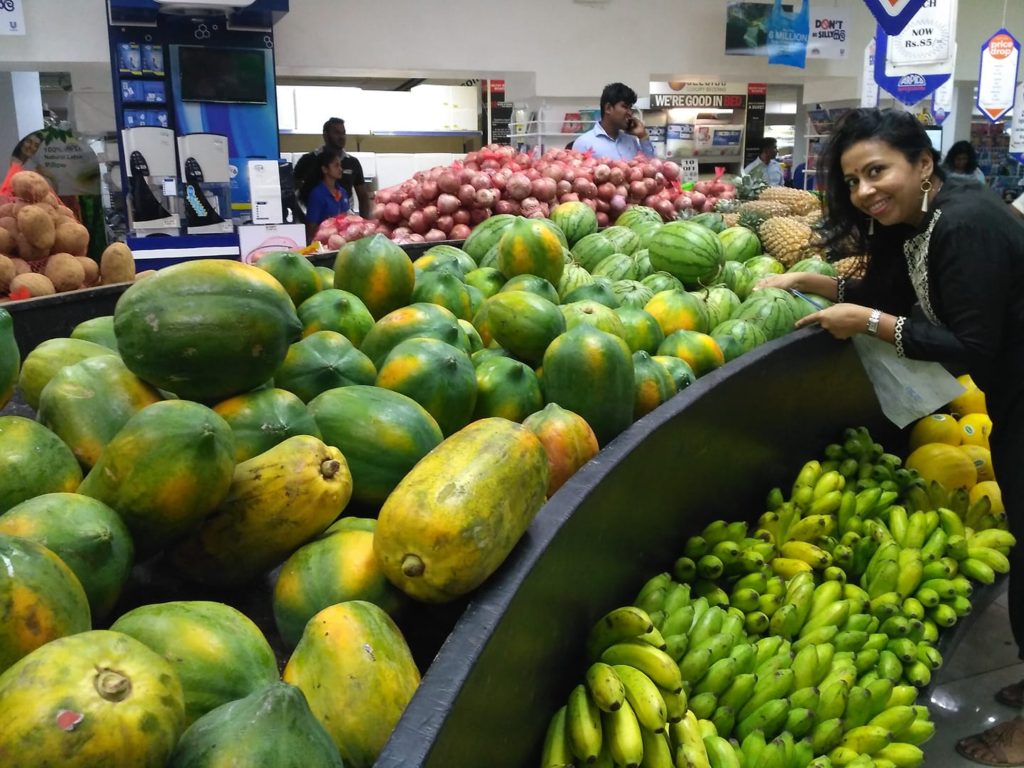
- Another important preparatory step is to take print-outs of the images of the food for my team and I to prepare the food in accordance with the reference pictures. Print-outs are also taken of the shot breakdown list to make sure the team knows which shot is scheduled when and make preparations accordingly.
V.Execution on D-day – The Litmus Test of Food Styling
Though we all know this, there’s more to the execution than cooking, garnishing, and presenting!
On D-Day, I usually begin my day with going over the recipe. Once I reach the studio, I start setting up the cooking space at the designated area along with my team. This could mean setting up a gas cylinder, stove, refrigerator, mixer-grinder, microwave, and other culinary equipment. After this, cooking begins. Subsequently, reference images of the food – whose print-outs are taken earlier – are put up. Once I begin plating and crafting the food, I make sure I have a personal assistant at hand to run quick, last-minute errands. Being an absolute perfectionist, I never miss adding a finishing touch or two just before the shot. It could be anything; for instance, moving a crumb from one side to another with tweezers or lightly scattering a few sprigs of thyme perhaps.
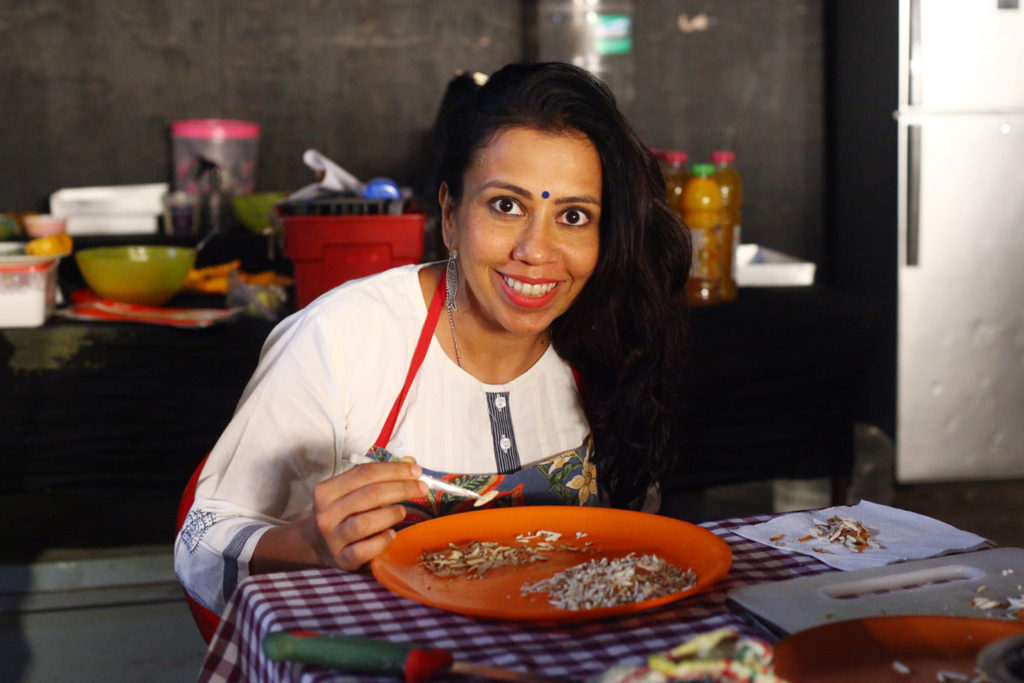
Satisfied with an incredible job, I step back, heave a huge sigh of relief and quietly say cheese to myself as the camera starts to roll!

Dear foodie,
Thanks for reading.Let me know any feedback,by commenting below.It would be an honor,to have you in my network.Feel free to connect with me if you’re active on these networks.
Facebook , Twitter , Pinterest, Linkedin, Instagram and Youtube
